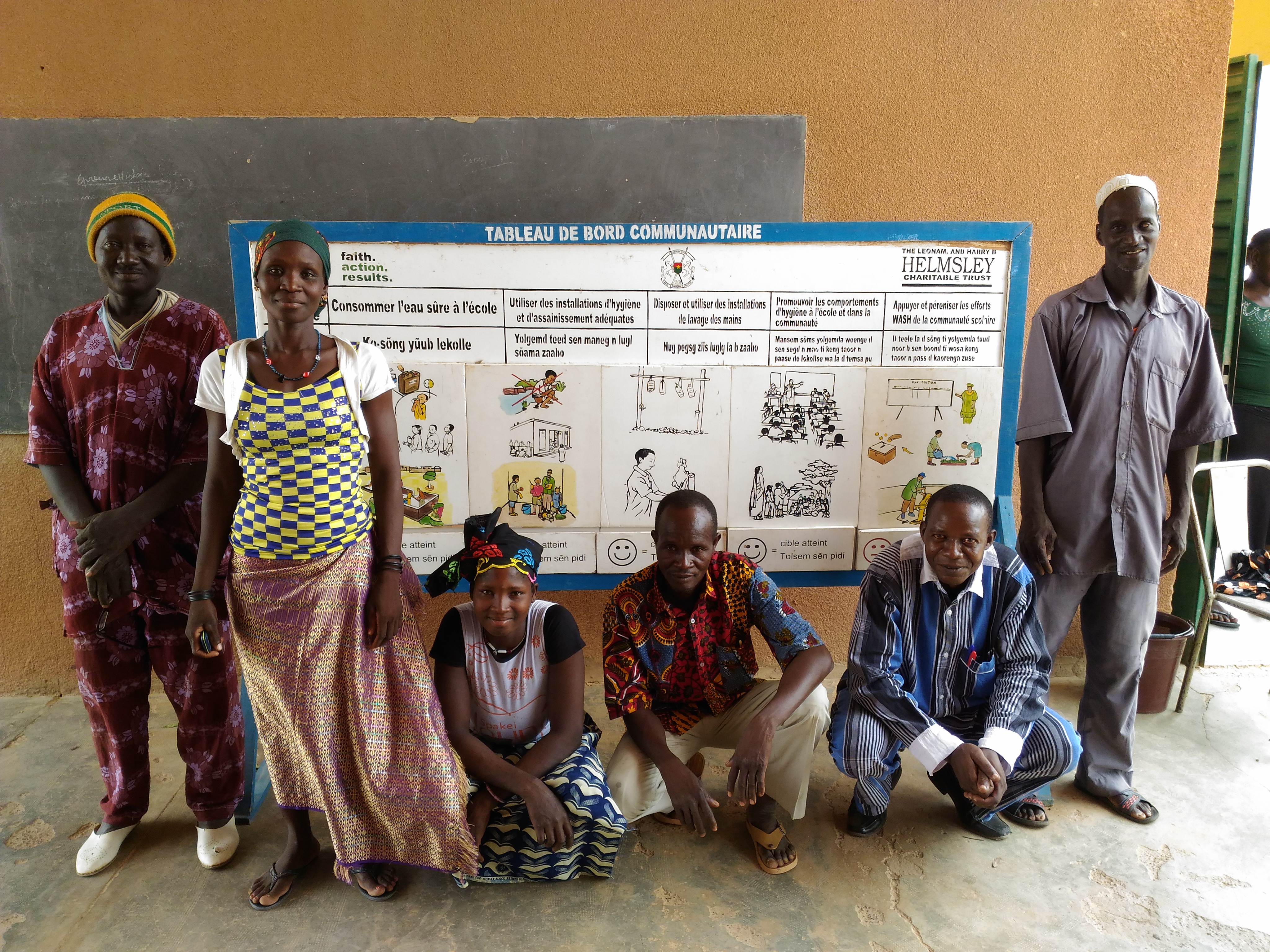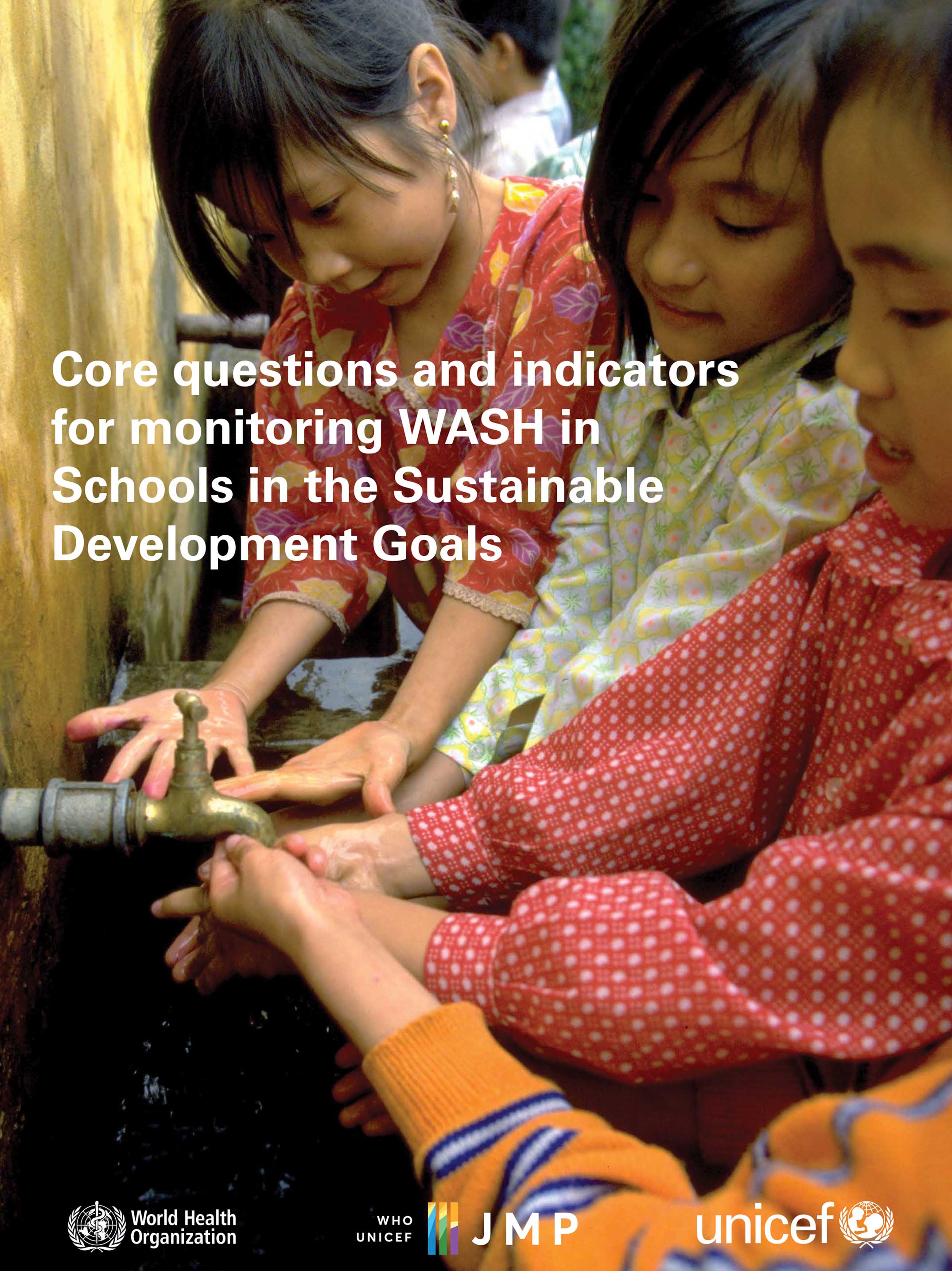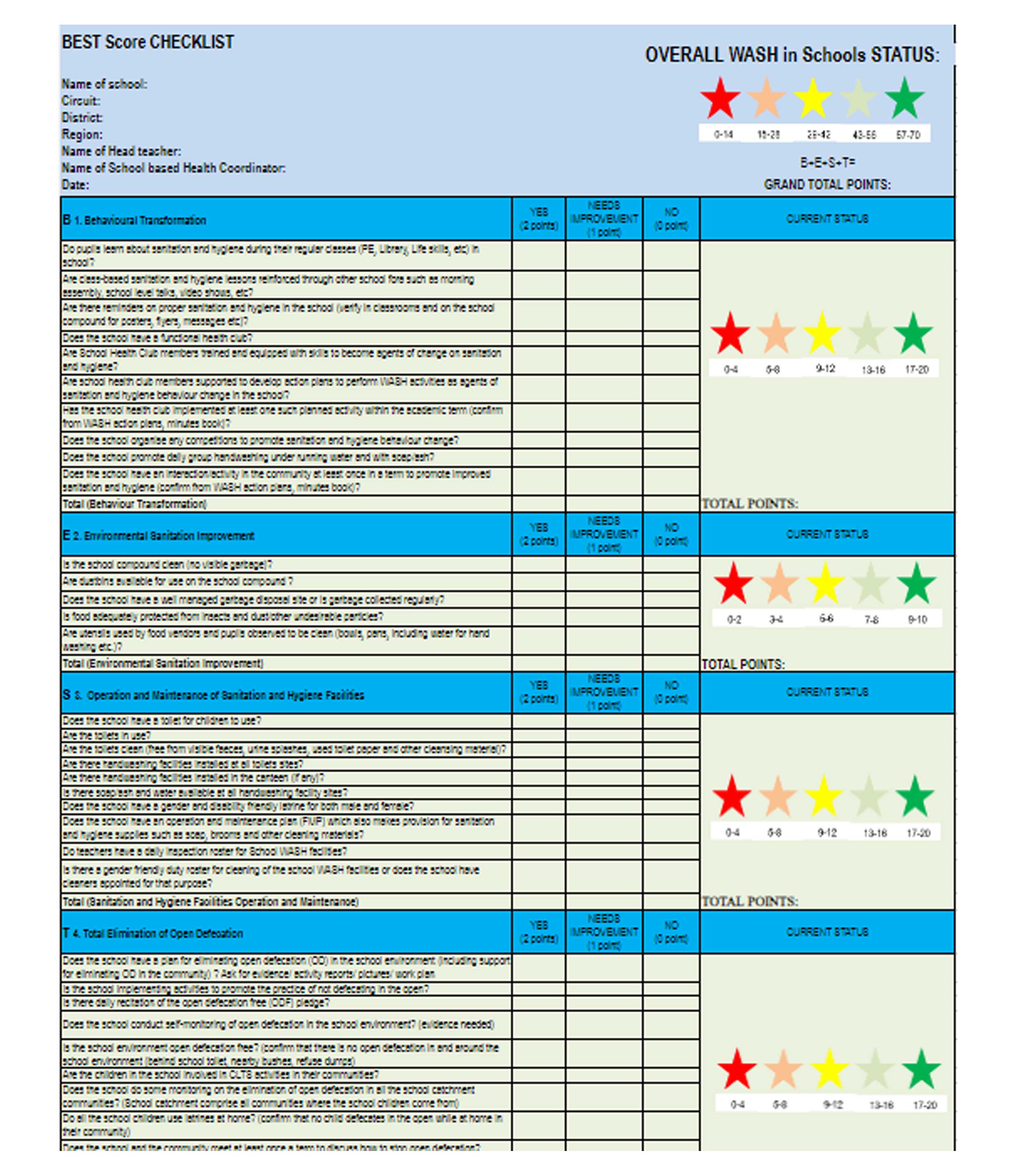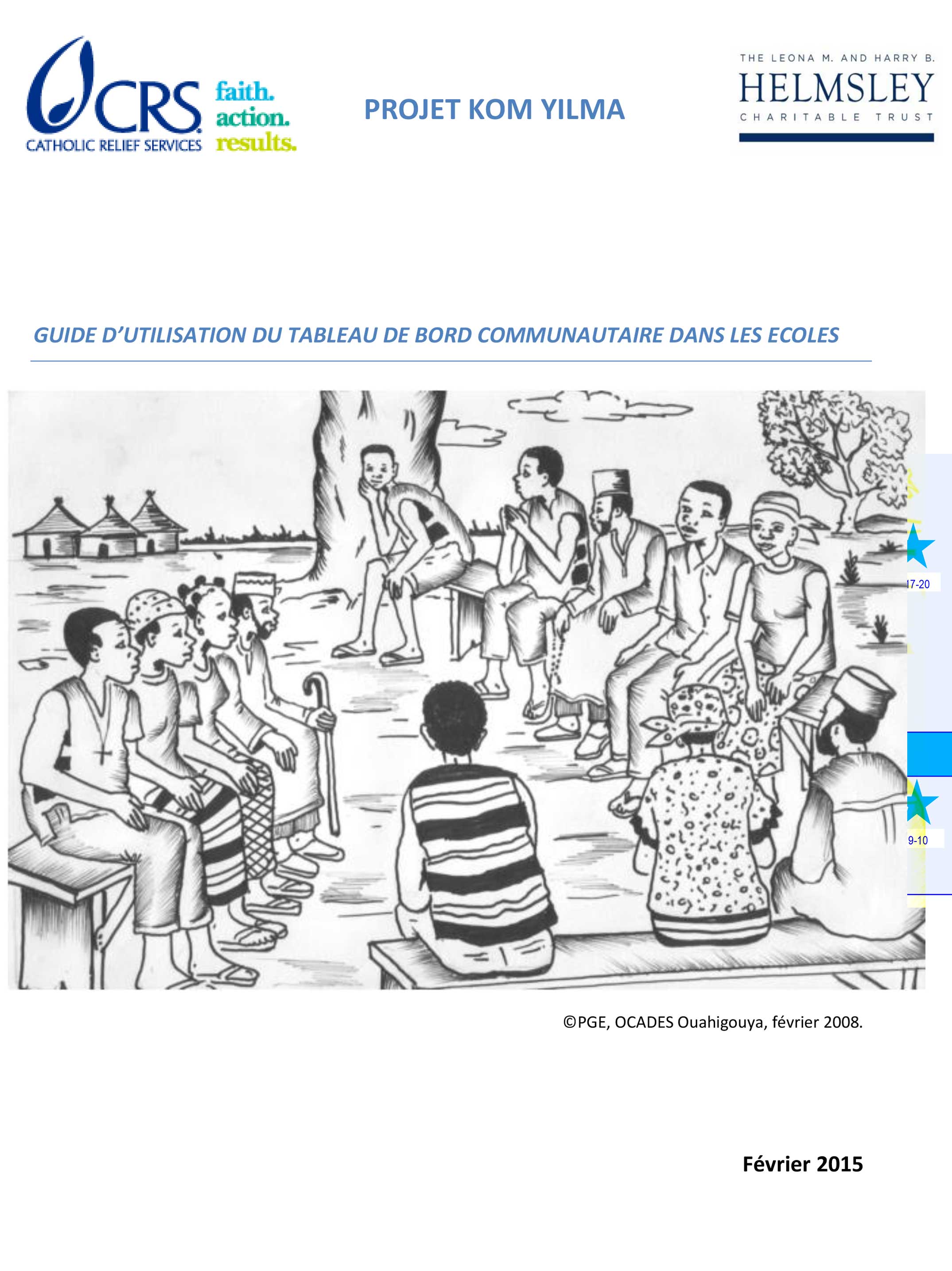

Monitoring
Monitoring

Ensuring a watchful eye on WASH conditions right from the start of the journey towards becoming a WASH-friendly school is crucial. This vigilance is equally vital as we strive for the continuous enhancement and upkeep of this status. Regularly assessing WASH conditions empowers the school community and stakeholders to gauge the quality of WASH services and track our progress. It helps us identify hurdles and chart a course for sustainable WASH services, ensuring the well-being of our school community.
Swiftly sharing and discussing monitoring results is the first step toward agreed, actionable WASH improvements.
Key Concepts
-
WASH Excellence: Strive for the highest WASH standards, aligning with SDG indicators for schools (refer to the table).
-
Comprehensive Monitoring: Monitor water, sanitation, hygiene access, effective practices (like latrine use and handwashing), hygiene education, and the school community's capacity for sustainability.
-
Community Collaboration: Engage local representatives in monitoring to spotlight needs, local solutions, and support requirements.
-
Lightening the Load: We're always seeking ways to ease the burden of water transport, from source to storage.
-
Sustainable Management: We integrate water point management into our School WASH plan, securing revenue for maintenance, repairs, and spare replacements through fair water tariffs.
-
Accountability Alliances: Form monitoring committees with education, local government, and health experts to ensure accountability and implementation of recommendations.
-
Skilled Oversight: Ensure monitoring committee members are well-trained in the WASH-friendly school monitoring method for effective results.
The following 5 key results illustrate achievement of WASH-friendly school status:
-
Access to safe drinking water, safely stored in each classroom.
-
Use of gender-friendly latrines, maintained cleaned at all times.
-
Handwashing with water and soap or ash at critical times.
-
Participatory, child-centered hygiene lessons and practice.
-
School-led management of WASH to sustain results.
The community board below is used to show progress of each result with emoticons and is meant to be publicly displayed at school.

School WASH committee composed of parents and teachers in front of the monitoring board used to report progress towards attaining the 5 key results to become a WASH-Friendly School. Photo by Debus Jean-Philipp for CRS.
Your Step-by-Step Guide to Ensure Robust Monitoring of WASH Improvements
-
Foundation Training: Begin with training the school community and monitoring committee members in the WASH-friendly school approach.
-
Indicator Selection: Collaboratively determine a set of relevant indicators that align with both national and international WASH in schools standards.
-
Form Creation: Develop two types of monitoring sheets: external monitoring sheets for outside assessments and self-assessment sheets for internal evaluations.
-
Sheet Training: Train the monitoring committee on how to use external monitoring forms and concurrently train school communities on the use of self-evaluation sheets.
-
External Monitoring: Conduct external monitoring, utilizing the designated forms. Offer immediate feedback to the school community upon visit completion, concentrating on practical recommendations.
-
Reporting Results: Begin with training the school community and monitoring committee members in the WASH-friendly school approach.
-
Feedback Exchange: Engage in dialogue with the school community to explain the implementation recommendations and offer guidance as necessary.
-
Incremental Improvements: Motivate the school community to act on even the smallest observed improvements and emphasize the potential for more significant enhancements, proposing a phased approach.
-
Written Handover: Provide the findings and recommendations to the school community in written form for reference and action planning.
Resources
Core Questions and Indicators for Monitoring WASH in Schools in the SDG
This document presents recommended core questions to support harmonized monitoring of WASH in schools as part of the SDGs.
Download - PDF
CRS - Guide to Use the Community Board to Monitor WASH in Schools (in French only)
This guide from CRS Burkina Faso provides guidance and template to use a community board to monitor the 5 key results of the WASH-friendly school process.
Download - PDF




